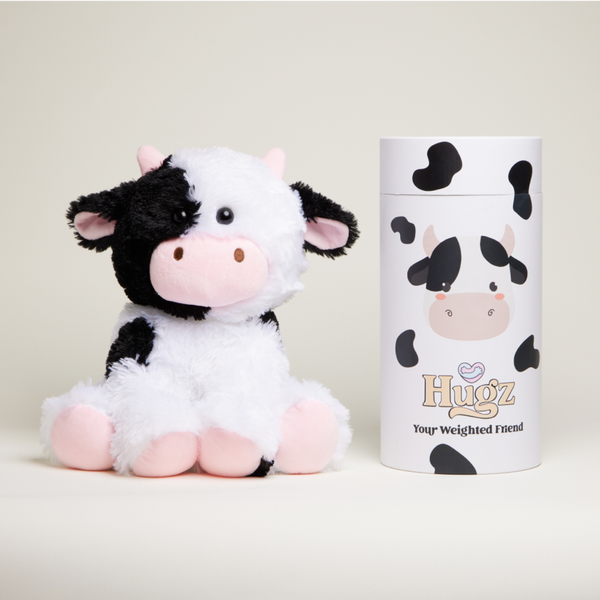Establishing healthy education practices early in children’s lives sets the foundation for long-term academic success. As a parent you’re the first one who creates an atmosphere in which children can adopt habits that foster learning, curiosity, and critical thinking. And knowing how to build healthy education practices with children requires consistency, creativity, and emotional support.

How To Build Healthy Education Practices With Children
So here are several ways to create an environment where children feel safe to explore new ideas and develop valuable skills.
Note: Although I am a Clinical Social Worker, engaging with this website does not establish a professional social worker-client relationship. The information provided here is for general purposes only and should not be considered professional advice. While we strive to ensure accuracy and reliability, this content is not a substitute for professional guidance. For specific concerns, issues, or situations, it is essential to consult a qualified professional and present your situation. Read the full Disclaimer here.
This post has affiliate links which means that we make a commission from qualifying purchases at no additional cost to you. For more information read our Affiliate disclosure.

Create a Structured Routine
Children thrive when they know what to expect each day. Setting up a daily learning routine helps them understand time management and discipline. You should designate times for reading, homework, or educational activities.
A structured routine shouldn’t be rigid, since children need flexibility and too much structure could create more harm than good. So incorporate breaks, outdoor play, and creative activities to keep children engaged and excited.
Consistent scheduling encourages children to take responsibility for their learning and helps them build good habits that will progress into adulthood.
To understand more about the importance of structure for children, as well as why too little or too much structure isn’t beneficial for the child’s healthy development, read my post that covers guidance of parents.
Encourage Hands-On Learning
Children learn best when they engage with materials directly. Hands-on activities like art projects, science experiments, and interactive games stimulate curiosity and problem-solving skills.
If possible, you can set up small learning stations at home that include puzzles, building blocks, or art supplies.
Educators use similar approaches in classrooms to encourage active participation and curiosity. Implementing engaging experiences at home will help children understand complex concepts in a way that traditional teaching methods sometimes fail to deliver.
Read also:
Promote Emotional Support and Encouragement
Emotional well-being plays a significant role in a child’s ability to learn. Offering emotional support makes children feel confident in their abilities. Positive reinforcement builds self-esteem and motivates children to continue learning, even when they face challenges.
After your children accomplish reading a book at a high level or mastering a new skill, parents should celebrate these small achievements. Creating a supportive environment that focuses on effort rather than perfection encourages children to keep trying.
If you want to focus on emotionally supportive parenting and positive reinforcement, read my posts:
Use Comfort Objects To Support Learning
Many children find comfort objects helpful when starting new activities. Using familiar objects—from your child’s favorite stuffed animal or baby blanket during reading time—can ease children’s anxiety and help them focus.
Comfort objects encourage early literacy because children can form positive associations with reading and learning when they feel secure. Integrating your children’s favorite belongings into educational routines can make a noticeable difference in a child’s development.
Here is one recommendation for you to check out:
GIVEHUGZ – PLUSH ANIMALS FOR RELIEF (A PORTABLE ALTERNATIVE TO WEIGHTED BLANKETS)
Hugz are comforting and supportive plush friends designed with intention to help soothe anxiety, depression, stress, and improve sleep. Weighing 3.8 pounds, they are filled with certified glass beads that simulate the feeling of a perfect hug, offering a portable alternative to weighted blankets. You can heat or chill Hugz for added benefits.
Hugz intend to provide stress and anxiety relief by promoting relaxation of the parasympathetic nervous system, helping regulate heart rate, breathing, and blood pressure. They make a thoughtful gift for anyone, ideal for travel, bedtime, or anytime a hug is needed.
If you get it you’ll be also doing a good deed because with each purchase, Hugz contributes to mental wellness by donating a portion of proceeds to the Rare Impact Fund.
Foster a Love for Reading
Developing a love for reading is one of the most valuable gifts parents can offer children. Reading together every day exposes children to new ideas, vocabulary, ways of thinking, and language structure.
Early exposure to books also helps children improve their communication skills because they’re absorbing more new information.
Parents can make reading a fun daily ritual by choosing books that interest their child or letting the child select the story.
Home-schooling parents can create classroom reading corners that invite children to explore books in a comfortable, welcoming space.
Establishing a strong reading habit builds a lifelong love of learning.
Latest Posts:
- Simple Safety Measures To Protect Your Family

- The Biggest Benefits Of Adopting A Dog For Your Family (5)

- How To Turn Crafting Into Family Fun Time (6 Ideas)

- Creative Ways To Play With Kids Without Technology

- How To Make Gift-Giving More Special For Kids (4 Ideas)

- How To Do A Prenup Online (What To Expect)

Build Healthy Education Practices Today
Building healthy education practices with children involves creativity and patience. Parents who build these healthy habits will see children thrive academically and emotionally.
Integrating comfort objects into learning sessions, offering a consistent routine, and experimenting with hands-on activities will establish a strong foundation for long-term academic success.
I hope you found this helpful and I’ll see you in the next post! Here’s one:










Leave a Reply